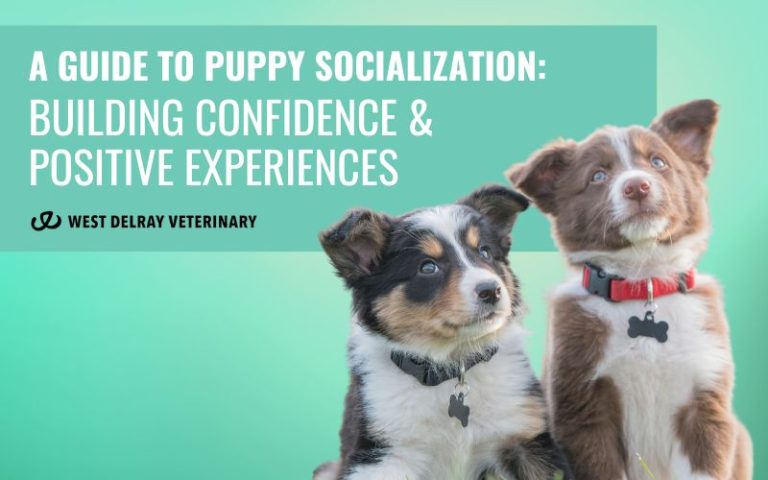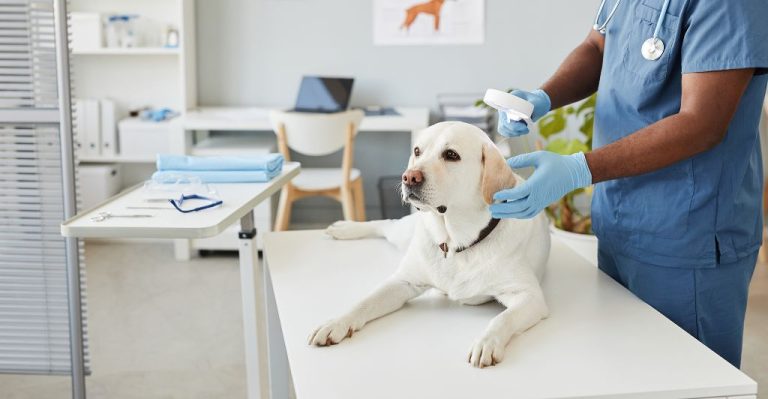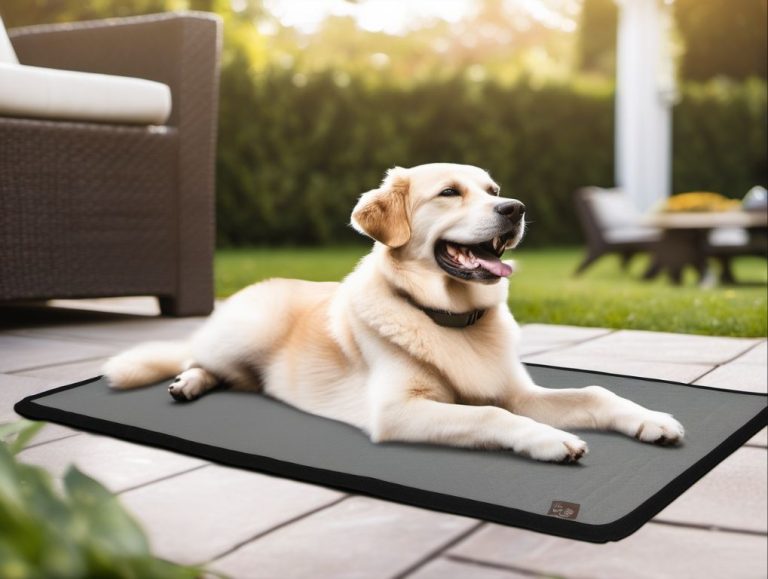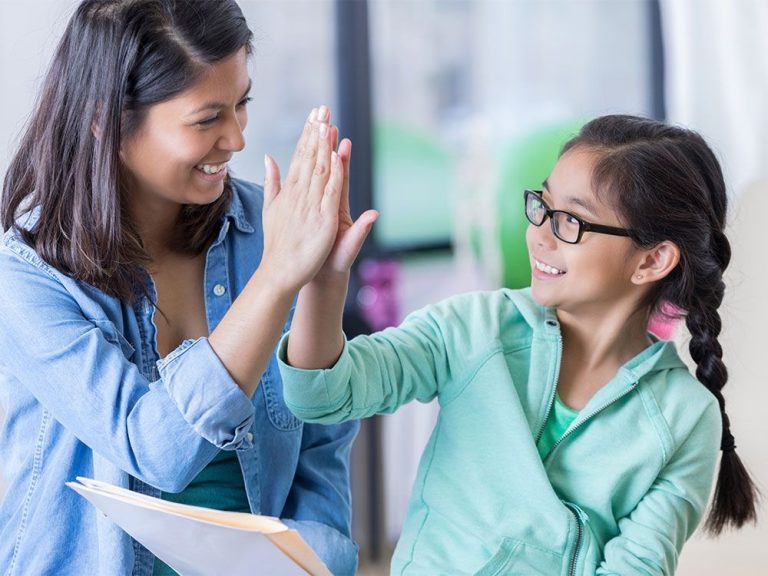Dog-Dog Socialization: Tips For Positive Interactions At The Park
Proper socialization is extremely important for dogs, as it teaches them how to interact positively with other dogs as well as people. Socialized dogs are more confident, less stressed, and able to handle new situations without fear or aggression. This article provides tips on how to socialize your dog at the park so interactions go smoothly.
Introducing your dog to a wide variety of people, animals, places, sights, and sounds when they are young will help them become well-adjusted canine citizens. According to the Longwood Vet Center, “Socializing your dog ensures its ability to react to the world in a healthy way, without fear or aggression.”
Choose the Right Location
When socializing your dog, carefully consider the location. Dog parks can be great places for socialization, but also come with some risks. The unpredictable mix of dogs may create stressful or dangerous situations for some pups. Instead, try more controlled environments at first, like a friend’s fenced backyard. Other good options include pet stores, outdoor malls, or quiet neighborhood parks during off-peak hours.
The key is starting slow in mellow environments before graduating to busier dog parks. Pay close attention to your dog’s comfort level. Meeting one new buddy on neutral territory is better than an overwhelming dog park excursion. If your dog seems stressed, move away and try again another day. With patience, even excitable pups can learn to enjoy dog parks and thrive around new friends.
Read Your Dog’s Body Language
When dogs meet for the first time, it’s important to pay close attention to their body language to make sure the interaction is positive. Look for signs of comfort or nervousness in both dogs:
Signs of comfort include:
- Relaxed facial muscles and mouth
- Wagging tail at mid-height
- Play bow invites to play
- Loose body posture
- Turning head away or sniffing the ground to diffuse tension
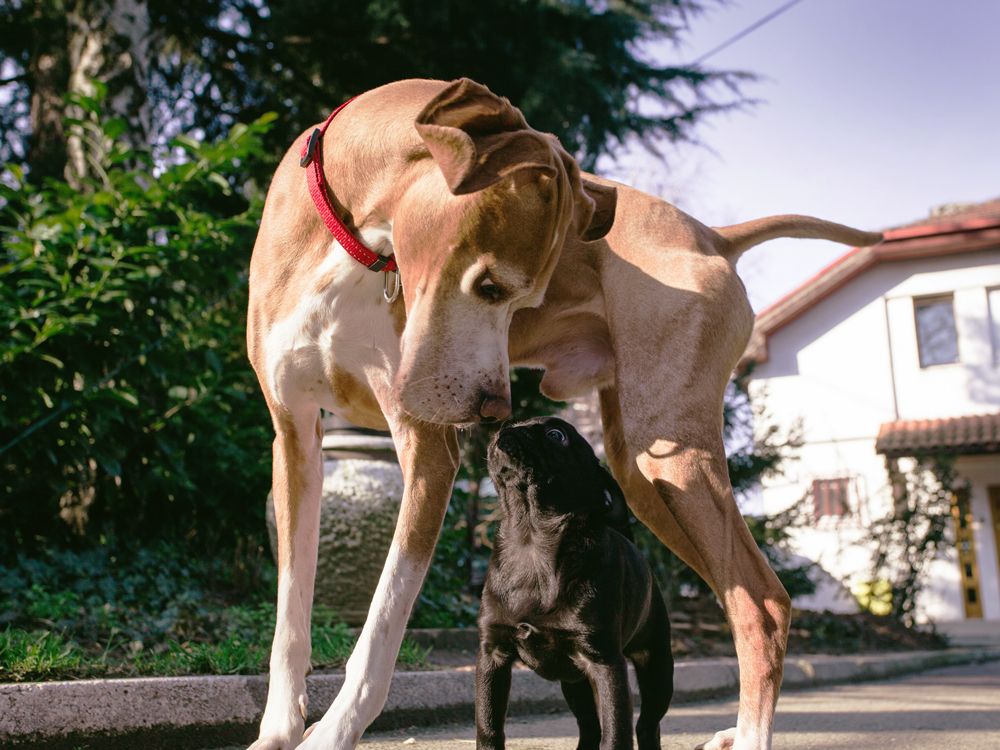
Signs of nervousness or discomfort include:
- Tense muscles, especially around the eyes, ears, and mouth
- Yawning, lip licking, or panting
- Tail tucked under the body
- Crouched or lowered body posture
- Growling or baring teeth
- Hackles raised along the dog’s back
If you notice signs of discomfort in either dog, give them more space and slow down the introduction. Let them take breaks before trying again. Go slowly and keep it positive. Check out this resource for reading dog body language with other dogs.
Make Slow Introductions
When initially introducing two dogs, go slowly and give them time to get comfortable with each other’s presence before physically interacting. According to the Animal Humane Society, you should start by walking the dogs on opposite sides of the space in the same direction. Reward them with treats when they glance at each other without reacting negatively. Gradually decrease the distance between them over multiple sessions until they can walk side-by-side without reacting. [1]
The key is to let the dogs move at their own pace and dictate the speed of the introduction. Rushing things can overwhelm them and cause fear or aggression. Allow the dogs to sniff each other briefly on each encounter, but don’t force interactions. Keep initial meetings brief, ending on a positive note. Increase the interaction time gradually over multiple sessions as the dogs become comfortable. With slow introductions, the dogs can better acclimate to each other. [2]
Watch for Play Styles
Dogs have different natural play styles that become apparent when interacting with other dogs. It’s important to pay attention to your dog’s play style as well as the other dogs’ styles to prevent issues.
Some dogs are rougher players who like wrestling, chasing, and body slamming. Other dogs prefer a gentler play style with soft touching and vocalizing. Rough players can sometimes overwhelm gentler dogs, so it’s best to match high energy rough players with similar dogs and gentle players with other laid back dogs.
If a rough player is getting too intense with a gentle dog who is shrinking away, intervene immediately and try introducing your dog to a more suitable playmate. Conversely, a rambunctious dog may need a timeout if bothering a mellow dog who just wants to be left alone.
Knowing your dog’s natural play style will help set them up for success when socializing at the park.
Have Realistic Expectations
When bringing your dog to a park or other social setting, it’s important to have realistic expectations for how they will interact with other dogs. Not every dog is going to get along perfectly right away. According to the Animal Humane Society, some dogs simply don’t like other dogs, while others may be fearful or unsure at first. Be patient if your dog doesn’t immediately make new friends.
Some signs of normal caution include sniffing from a distance, barking, growling or posturing. None of these behaviors necessarily mean your dog is poorly socialized or aggressive. Often, they just need more gradual introductions over multiple visits before warming up to other dogs. Don’t force interactions if your dog seems overwhelmed. Let them set the pace and take baby steps.
Overall, set small goals each time you socialize your dog, and don’t worry if those goals aren’t always met. Socialization is an ongoing process. Focus on making every interaction positive, even minor ones. With continued positive experiences, most dogs will become more comfortable and confident around others in time.
Supervise at All Times
When dogs are playing together off-leash at a park, it’s essential that you supervise them at all times. As the American Kennel Club advises, “While there are many benefits from letting young puppies play together, it is important to supervise and manage the activities to keep all puppies safe.” (https://www.akc.org/expert-advice/training/supervising-puppy-play-sessions/)
Stay engaged and watch all interactions between the dogs closely. Be ready to intervene at the first sign of aggressive or inappropriate behavior. Don’t get distracted talking to other owners or looking at your phone. As Whole Dog Journal explains, “Active supervision is the best and highest level of management. These adults understand dog behavior and body language and are fully present and vigilant.” (https://www.whole-dog-journal.com/behavior/properly-supervising-dogs/)
By supervising diligently, you can prevent situations from escalating and make sure play remains positive and safe for all dogs involved.
Intervene If Needed
If you notice signs of tension or aggression between dogs, it’s important to intervene early before the situation escalates. Look for stiff body language, growling, baring teeth, staring, or bullying behaviors. Be ready to interrupt any negative interactions.
Step in calmly and stop escalating behavior right away by gently pulling the dogs apart. Don’t punish them or yell. You can try distracting with toys or treats, or use body blocking to separate them. Leash one or both dogs if needed to regain control. Make sure all dogs are settled before allowing play to resume.
If a dog fight does break out, do not put any part of your body at risk. Use water, noise, or distraction to separate the dogs safely. But prevention is best – supervise closely and intervene at the first sign of trouble. “Generally starting with the subordinate, get each dog to settle before allowing further interactions to continue. This can be accomplished by using a settle command and providing treats for compliance.” (vcahospitals.com)
Try Again Another Day
Not every outing will be successful; don’t get discouraged. Some dogs simply need more time and positive experiences before they are comfortable interacting with other dogs in an open setting like a dog park (Successful Methods to Try When Dog Training Seems …”). If your initial attempts at introducing your dog to others did not go well, take a break and try again another day.
Remember that forcing interactions or flooding your dog with other dogs too quickly can actually worsen behavior issues. Take things slow and remain calm, patient and positive. Over time, and with repeated good experiences, your dog is likely to become more comfortable in the presence of new dogs.
Don’t reprimand or punish your dog for having a bad experience, as this can exacerbate fears and anxiety. Simply remove them from the situation and let them decompress. Then, try again with a fresh perspective.
With time, patience and persistence, you can help your dog have more positive park experiences. But don’t hesitate to enlist the help of a professional trainer if problems persist (“Why most people fail at training their dog”). They can guide you on proper techniques for successful dog-dog socialization.
Conclusion
Dog-dog socialization can be extremely rewarding when done correctly. It’s beneficial for dogs to learn how to interact with other dogs appropriately, but it does take some planning and care on the owner’s part. Always start with slow introductions in a neutral location. Watch your dog’s body language closely, and be ready to intervene if things get tense. Give dogs with very different play styles separate playtime to avoid conflicts. Continue socializing regularly so your dog gets comfortable, but don’t force interactions if your dog seems scared or overwhelmed. With patience and wisdom, dog parks and playtime can be an enriching joy of dog ownership.
Socializing your dog takes time and consistency, but it’s one of the most rewarding parts of being a dog owner. Following the tips in this guide will help set your dog up for positive experiences. With continued socialization, your dog will gain confidence and valuable skills in relating to other dogs.

